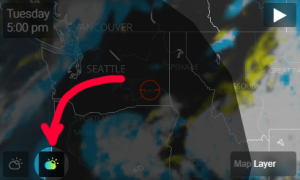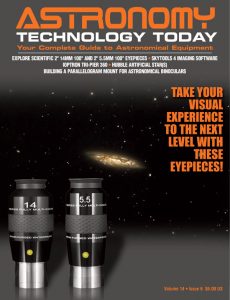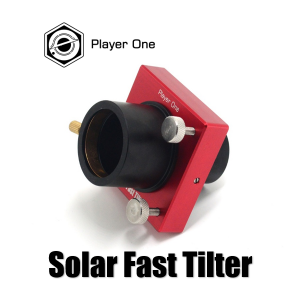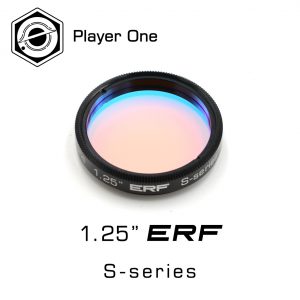A new astronomy cloud forecast model has been released by Astrospheric. The new experimental feature is available to Astrospheric subscribers.
The astronomy cloud forecast model from Astrospheric is offered through a new Cloud Ensemble map layer. This is the beginning of a larger project at Astrospheric to combine multiple forecast models to generate a state-of-the-art ensemble just for astronomers and astrophotographers. It is currently combining the CMCs RDPS and the experimental NOAA RAP model (more of a duo at this point). More models will be added in the future.
The ensemble cloud forecast combines cloud data from the CMCs RDPS forecast model and NOAAs experimental RAP forecast model. This type of forecast aims to show the possible range of future clouds in the atmosphere and are normally generated for severe weather such as hurricanes. Astrospheric will now produce the cloud ensemble 4 times a day for North America. Over time, more cloud models will be added to the ensemble. Note: The forecast contains variables form NOAA’s experimental RAP forecast which is under active development and is considered experimental.
 The astronomy cloud forecast ensemble is generated by taking the maximum % cloud forecasted from each contributing model and projecting it on the map. To make it easy to understand what model you’re seeing clouds from, the layer is color coded. When the models agree the clouds will be white, when they disagree the clouds will be color coded based on the model. The RDPS model will appear yellow and the RAP model will appear blue.
The astronomy cloud forecast ensemble is generated by taking the maximum % cloud forecasted from each contributing model and projecting it on the map. To make it easy to understand what model you’re seeing clouds from, the layer is color coded. When the models agree the clouds will be white, when they disagree the clouds will be color coded based on the model. The RDPS model will appear yellow and the RAP model will appear blue.
Identifying geographic areas where the models agree on clear skies can give added weight to the likelihood that there will actually be clear skies. The new cloud layer can be enabled on the mini-cloud map (this is done by tapping the button highlighted in the image provided here) or on the full screen map within Astrospheric.
The value of the astronomy cloud forecast functionality is the advanced understanding of the range of atmospheric conditions the Astrospheric service can provide to help amateur astronomers better plan their nights under the stars.
You can learn more here.
 Finally, And to make it easier for you to get the most extensive news, articles and reviews that are only available in the magazine pages of Astronomy Technology Today, we are offering a 1 year subscription for only $6! Or, for an even better deal, we are offering 2 years for only $9. Click here to get these deals which only will be available for a very limited time. You can also check out a free sample issue here.
Finally, And to make it easier for you to get the most extensive news, articles and reviews that are only available in the magazine pages of Astronomy Technology Today, we are offering a 1 year subscription for only $6! Or, for an even better deal, we are offering 2 years for only $9. Click here to get these deals which only will be available for a very limited time. You can also check out a free sample issue here.



